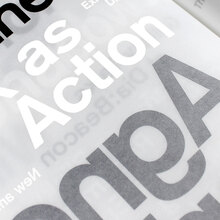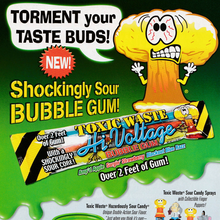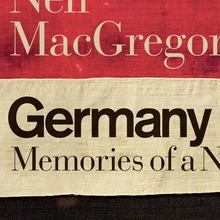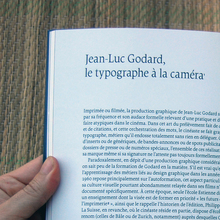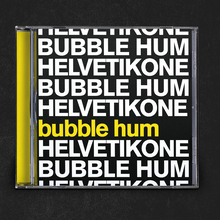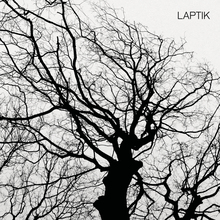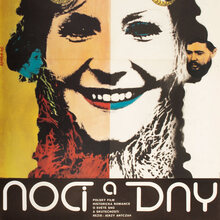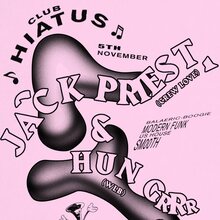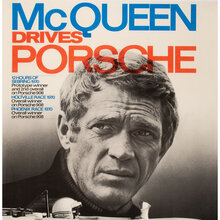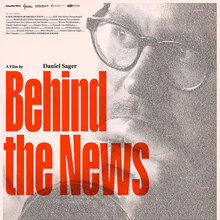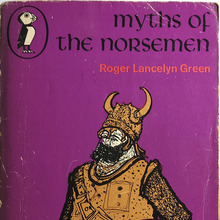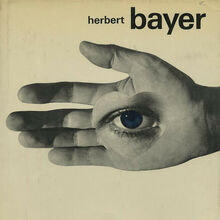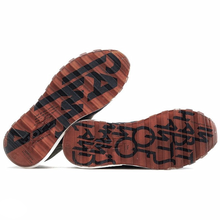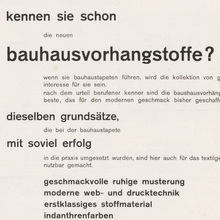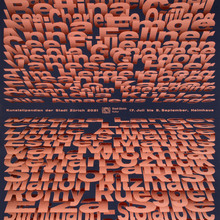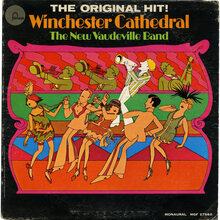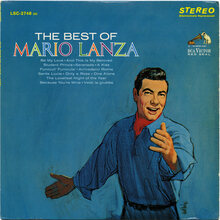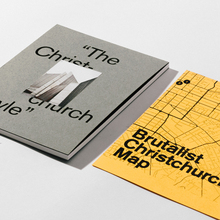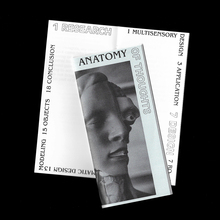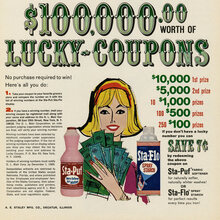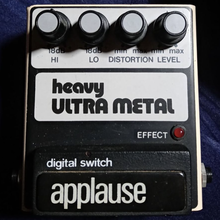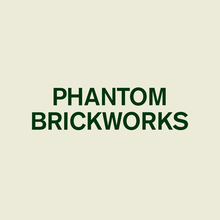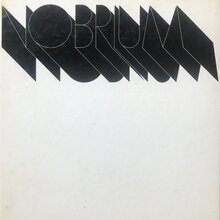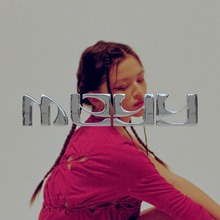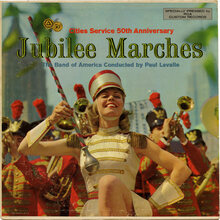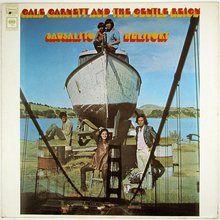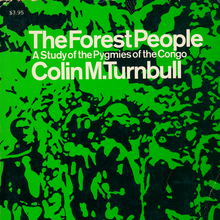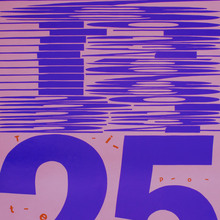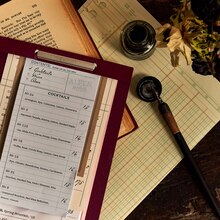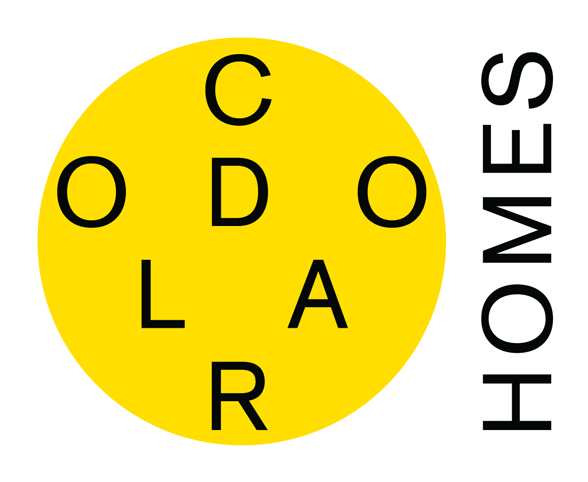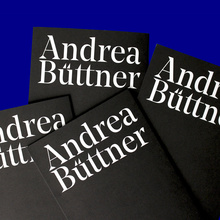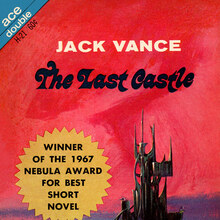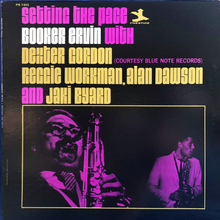First issued by Berthold in 1898 as
Accidenz-Grotesk. Many loosely related styles from
various sources were incorporated into the family, see also
Akzidenz-Grotesk Condensed. Further
extended and homogenized by G.G. Lange from the late 1950s on.
Lange regarded Royal-Grotesk as the key source and
credited it to Ferdinand Theinhardt, but that is refuted, see
Eckehart Schumacher-Gebler’s article in Schriftgestalten
(2008), Indra
Kupferschmid’s blog post, and, most detailed,
Dan Reynolds’s article and lecture (2019).
Distributed in the US and UK as
Standard [Meggs]
and commonly used in the 1950s–60s.
AG
Old Face (1984) is a redrawing made for phototypesetting
that returns to the original forms prior to the 1950s
homogenization.
Copied by Scangraphic as Ad Grotesk and by
Bitstream as Gothic 725. Linotype’s digital version was
renamed to Basic
Commercial for trademark reasons. Berthold’s
digitization was reworked as Akzidenz-Grotesk Next (2006).
Akzidenz Grotesk Pro More…
First issued by Berthold in 1898 as Accidenz-Grotesk. Many loosely related styles from various sources were incorporated into the family, see also Akzidenz-Grotesk Condensed. Further extended and homogenized by G.G. Lange from the late 1950s on. Lange regarded Royal-Grotesk as the key source and credited it to Ferdinand Theinhardt, but that is refuted, see Eckehart Schumacher-Gebler’s article in Schriftgestalten (2008), Indra Kupferschmid’s blog post, and, most detailed, Dan Reynolds’s article and lecture (2019). Distributed in the US and UK as Standard [Meggs] and commonly used in the 1950s–60s.
AG Old Face (1984) is a redrawing made for phototypesetting that returns to the original forms prior to the 1950s homogenization.
Copied by Scangraphic as Ad Grotesk and by Bitstream as Gothic 725. Linotype’s digital version was renamed to Basic Commercial for trademark reasons. Berthold’s digitization was reworked as Akzidenz-Grotesk Next (2006). Akzidenz Grotesk Pro (2007) adds Cyrillics (by Vladimir Yefimov, Condensed by Gayaneh Bagdasaryan) and Greek (by Panos Haratzopoulos) [Typophile]. CastleType’s Standard CT and Bryce Wilner’s Standard (2017) are digital interpretations that use the export name. AG57 is a digitization of Lange’s 1957 reworking, by Alexander Roth and Erik Spiekermann, released in a single style by Neue Neue in March 2022.




